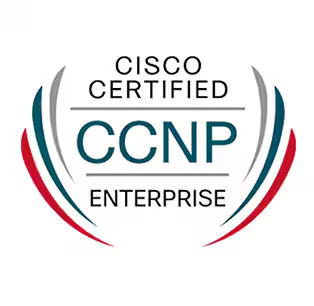
CCNP Enterprise Certification
Demonstrate your expertise in enterprise infrastructure, assurance, security, and more. Configure, troubleshoot, and manage the networks of the largest companies in the world with the Cisco Certified Network Professional (CCNP) Enterprise certification.


